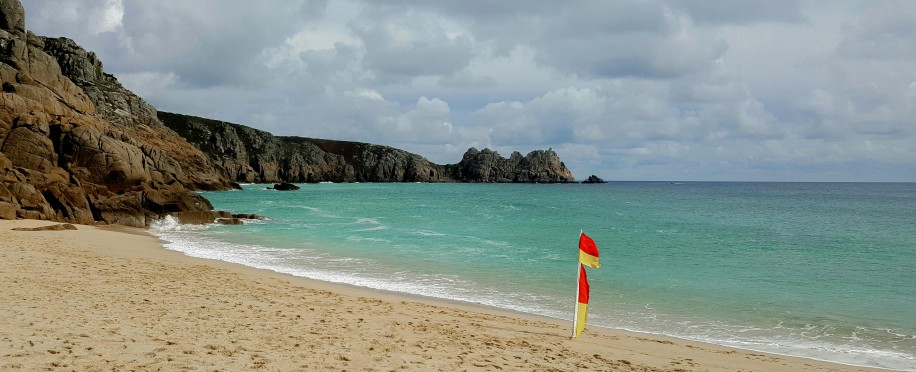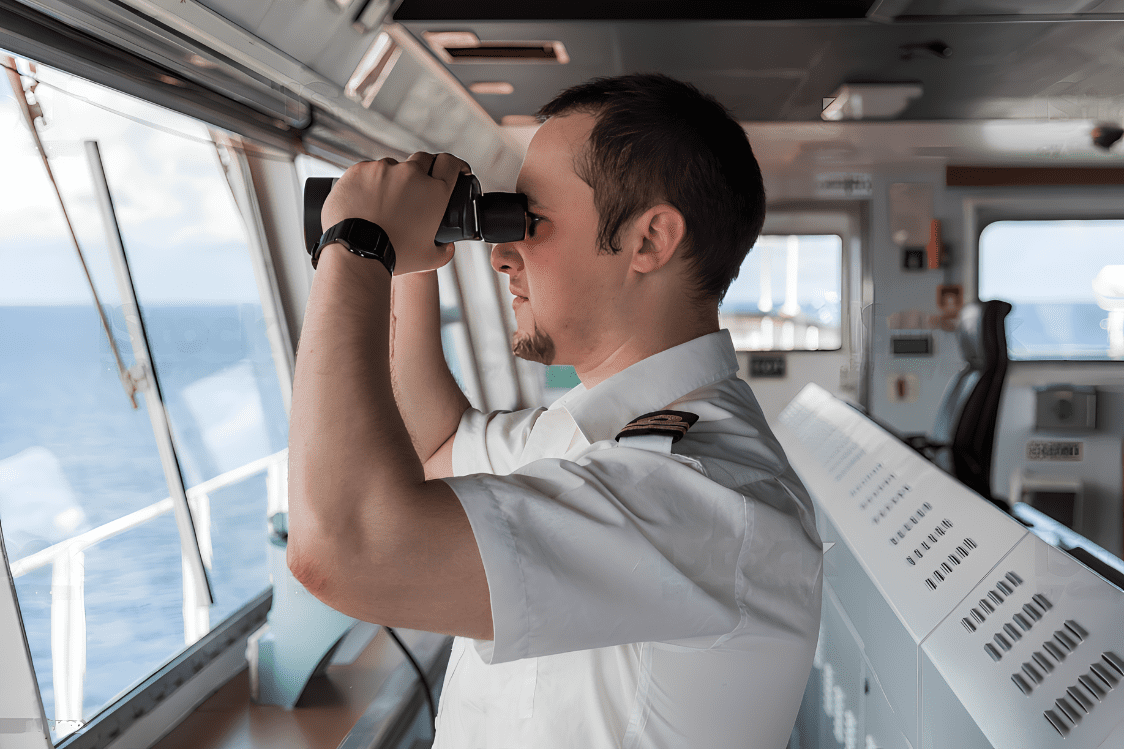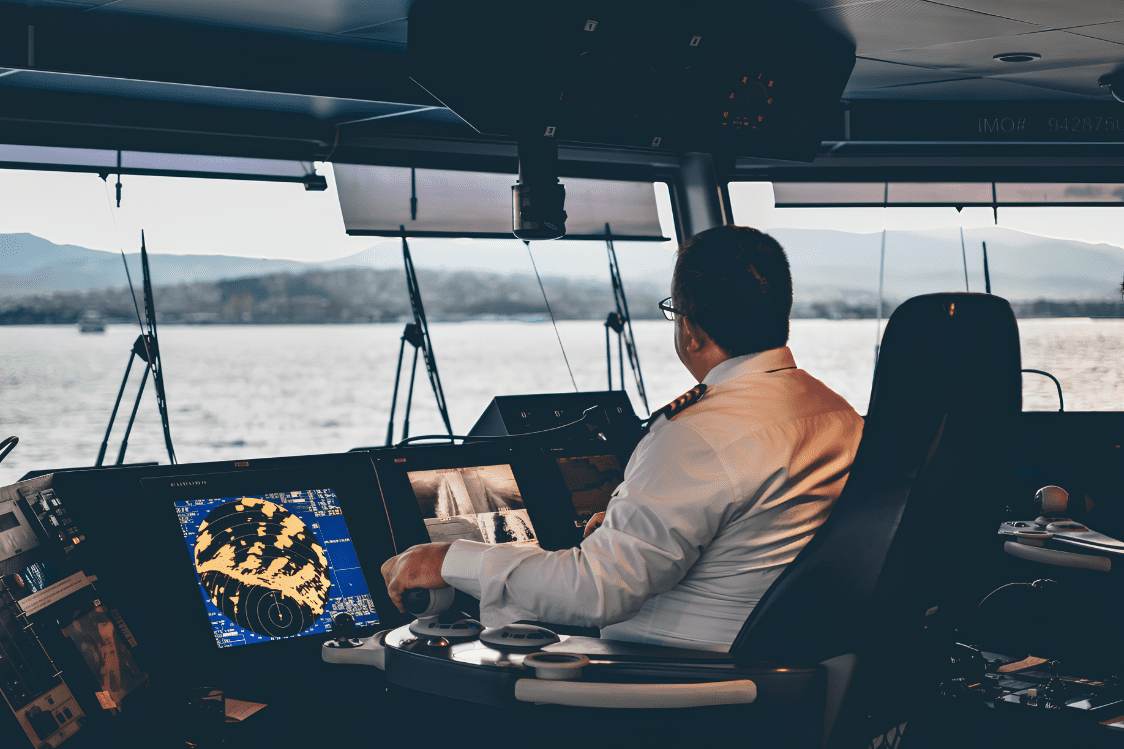COLREGs Explained: The Essential Rules Every Seafarer Must Know

Posted on Feb 26, 2025 at 11:02 PM
Navigating the vast blue is no easy feat, and safe passage hinges on one thing: knowing your maritime rules inside out. At the heart of these guidelines are the International Regulations for Preventing Collisions at Sea, commonly known as COLREGs. These rules are the lifeline that every seafarer relies on to ensure safe and efficient navigation.
So, let’s dive in and break down these essential rules that govern our watery highways.
History and Evolution of COLREGs
The story of COLREGs, also called IRPCS (International Regulations for Preventing Collisions at Sea) dates back to the early days when seafarers faced a chaotic mix of local rules. In this time when every local waters would conduct their own set of “rules of the road” – confusion reigned supreme, and boat collisions were all too common, with no vessel tracking systems, most of these vessels were lost at sea forever.
Realizing the need for a unified effective system that could impede collisions, marine authorities like IMO gradually developed regulations to delineate navigation practices across the globe.
Over the years, these rules have evolved and matured into the robust and internationally recognized current framework that guides the action of vessels today.

The COLREGS of sea
Remembering every COLREG rule while at seas is very hard, so we've designed this cheat sheet to give you guidance and use it as reference when you need simple reading material.
Let's start things off with saying these COLREGS were created to prevent any collision and avoid accidents, and all mariners must comply, so make sure you document all these rules.
That’s why, we've divided these rules into navigable sections to guide you through them so you'd have a better understanding of these rules:
Part A: General Rules (Rules 1-3)
These are the “big picture” guidelines.
- Rule 1: COLREGs apply to all vessels, everywhere, unless you’re in a bathtub. Warships and fishing boats? They’re included.
- Rule 2: Don’t be a rulebook robot. Use common sense. If following a rule would cause a collision, bend it (but only if you’re certain).
- Rule 3: Definitions. Think of this as the “maritime dictionary.” For example, a “vessel” includes anything floating, from a SUP paddleboard to a cruise ship.
Part B: Steering and Sailing Rules (Rules 4-19)
The meat and potatoes of COLREGs. They decide who yields, who stands their ground, and how to scream “I’M HERE!”
- Rule 5: Look-out – Your eyes, radar, and crew are your lifelines. No Netflix on watch.
- Rule 6: Safe Speed – Slow down in fog, traffic, or if your radar’s broken. Speed limits exist for ships too.
- Rule 7: Risk of Collision – If a ship’s compass bearing doesn’t change, you’re on a collision course. Time to act!
- Rule 14-17: Collision Avoidance
- Head-on (Rule 14): Both ships turn right (starboard).
- Overtaking (Rule 13): The faster vessel avoids the slower one.
- Crossing (Rule 15): The ship with the other on its starboard side yields.
Part C: Lights and Shapes (Rules 20-31)
This is the “emoji language” of the sea. Let's discuss the REGs of this part:
- Rule 21: Navigation lights, including:
- Red = Port side.
- Green = Starboard side.
- White = Stern or mast (like a car’s taillights).
- Rule 25: Fishing vessels display a red-over-white light. Translation: “I’m dragging nets—stay clear!”
- Rule 27: Distress signals – Flames, SOS flags, or orange smoke. If you see these, abandon the rules and help.
Pro Tip: “Red-Right-Return” is for rivers, not COLREGs. At sea, red = port (left)!
Part D: Sound and Light Signals (Rules 32-37)
The ship’s “voice” in fog or poor visibility.
- Rule 34: Maneuvering signals
- 1 short blast: “I’m turning starboard.”
- 2 short blasts: “I’m turning port.”
- 5 short blasts: “What the heck are you doing?!” (The maritime “angry honk”).
- Rule 35: Fog signals
- Powerboat in fog? 1 long blast every 2 minutes.
- Sailboat? 1 long + 2 short blasts.
Part E: Exemptions and Final Rules (Rules 38-41)
The fine print.
- Rule 38: Vessels built before 1980 get a pass on some light requirements. (Grandfathered in, literally.)
- Rule 40: Distress circumstances override all other rules. In a condition of someone’s sinking, COLREGs take a backseat. preserving human life surpasses any other responsibilities
Why This Matters
Basically, forget one rule, and you could end up in a courtroom—or worse, a life raft on isolated waterways. That’s why maritime safety courses in Dubai drill these into students with simulators that mimic near-misses in the Strait of Hormuz or Singapore’s crowded lanes.
COLREGs aren’t just rules; they’re a universal handshake between seafarers. Master them, and you’ll navigate chaos like a pro. Ignore them, and you’re just another shipwreck waiting for a documentary crew.
Final words
Ultimately, a firm grasp of COLREGs is indispensable for every seafarer aiming for maritime safety and successful navigation. These time-tested rules form the backbone of safe passage across the world’s oceans. From their historical origins to their practical application in modern shipping, understanding COLREGs isn’t just an academic exercise—it’s a vital skill that can mean the difference between smooth sailing and peril at sea. So next time you set out on the water, remember that these essential rules are your best allies in navigating safely. Happy sailing!




